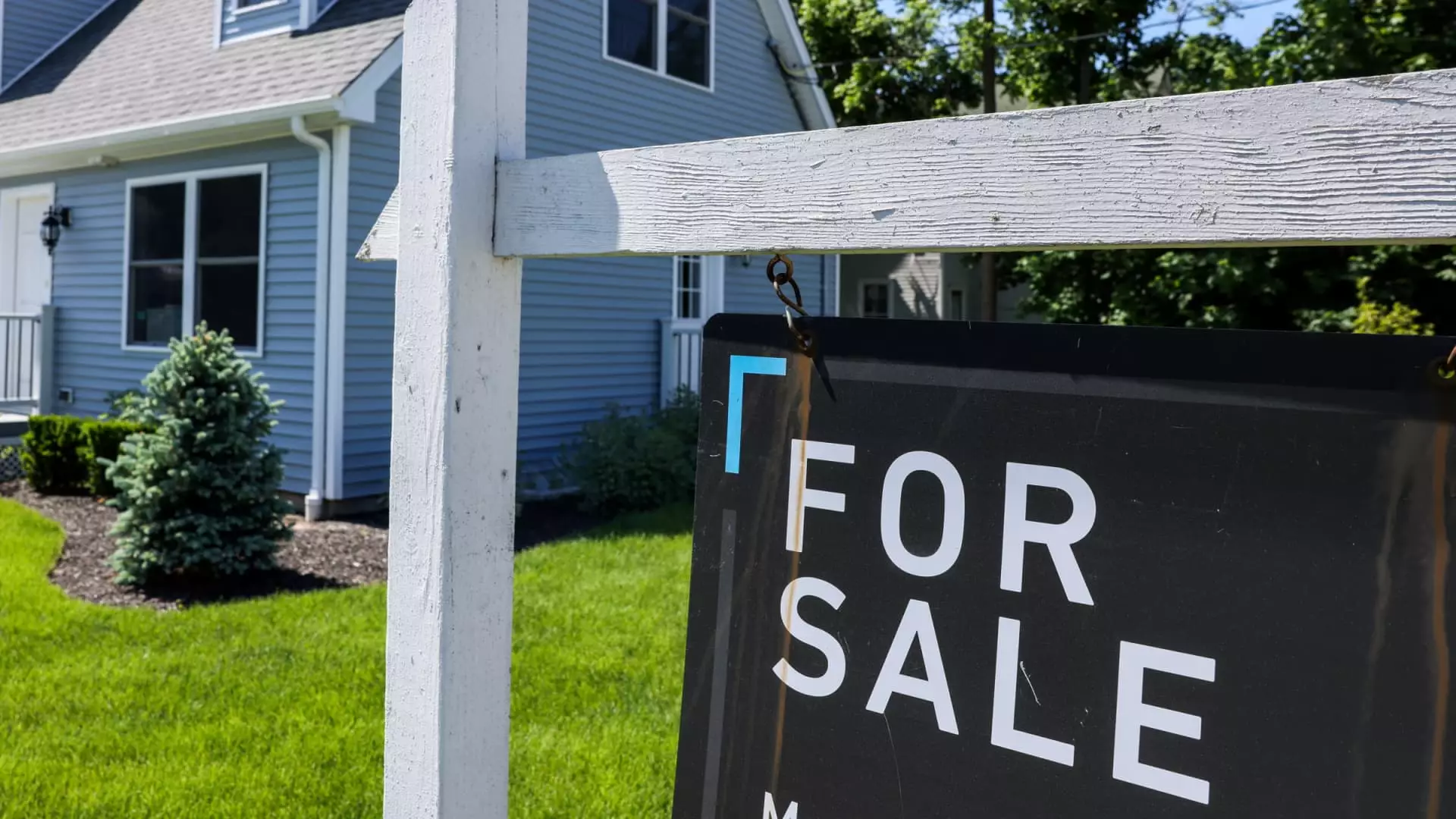The real estate market saw a significant decline in the sales of previously owned homes in June, with a 5.4% drop compared to May. This slow sales pace, the slowest since December, was influenced by the increase in the average rate on the 30-year fixed mortgage, which reached above 7% in April and May. This shift from a seller’s market to a buyer’s market is evident in the increase in the number of homes sitting on the market for a longer period and receiving fewer offers. Buyers are now insisting on home inspections and appraisals, leading to a rise in inventory on a national basis.
Inventory of homes jumped 23.4% from the previous year, reaching 1.32 million units at the end of June. Despite this increase, the supply remains low, with just a 4.1-month supply available. The median price of existing homes sold in June rose to $426,900, marking a 4.1% increase from the previous year. The surge in supply did not alleviate the rising prices, as the higher end of the market continued to see strong growth. Sales of homes priced over $1 million increased, while the lower price range experienced the biggest drop in sales. The supply of homes for sale is weakest at the lower end, although there is now a surge in new listings in this segment.
The market trends also suggest a shift in buyer behavior, with more buyers opting for cash purchases. 28% of sales were all-cash transactions in the latest data, a slight increase from the previous year. However, investors showed a slight decrease in their share of sales, now accounting for 16% of transactions. The median listing price remained stable due to the increase in smaller and lower-priced listings. The influx of homes in the $200k to $350k price range surged by 50% compared to the previous year, indicating a shift towards more affordable listings.
The increased inventory levels signal a potential change in the market dynamics. Chief economist for the Realtors, Lawrence Yun, suggests that if the inventory continues to rise, there are two possible outcomes. Either home sales will increase, or if prices do not rise, they may start to decline. This uncertainty in the market reflects the changing landscape of the real estate industry, with buyers and sellers adapting to new trends and behaviors.

